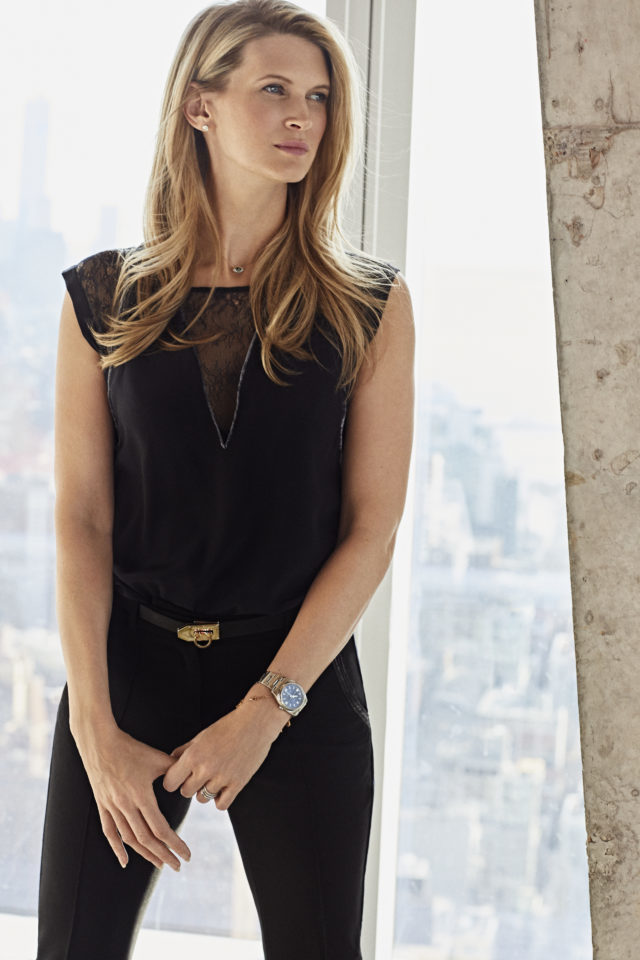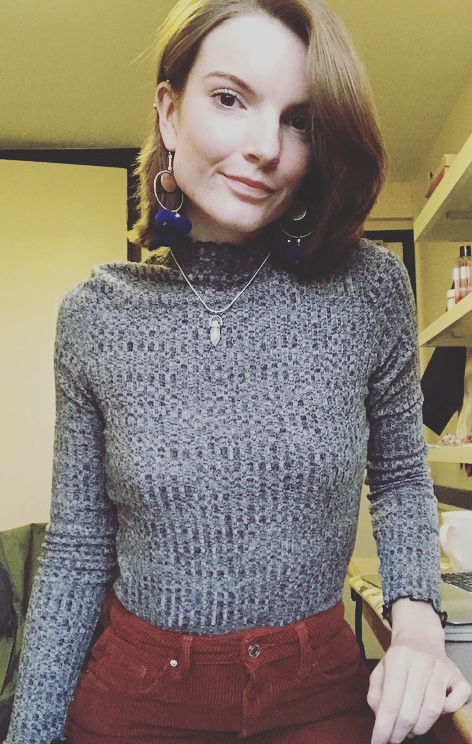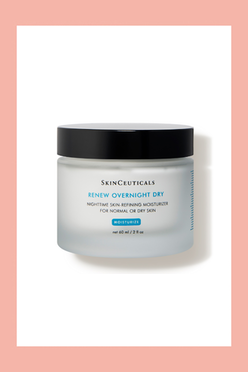
Six Fashion Brand Strategies I Learned from Sarah Willersdorf
From Paris to London to New York, Sarah has traversed many physical and metaphorical boundaries. Here’s what I learned from her.
Somewhere 50 floors above city sidewalks teeming with busy bodies in business suits, I wait in a glass office building with crystal windows stretching from floor to ceiling. At the precipice of a chic, cosmopolitan city stretching beyond and below me, I ponder the creative strategy and presentational prowess bolstering this debonair image from beneath.
Enter Sarah Willersdorf, donning a chiffon floral midi-dress and a buckled pair of leather ankle boots with a precisely pointed toe. Draping a studded leather jacket elegantly around her shoulders, Willersdorf embodies the modish high fashion of the city landscape kissing the clouds behind her.
A Partner & Managing Director at the Boston Consulting Group, Willersdorf specializes in “commercializing creativity” for high-profile clients in the competitively saturated realms of fashion and luxury. Her branding and strategy approaches are designed with the telos of illuminating and celebrating the true genius of design and artistry.
Combining the freeform imagination of the right brain with the analytical methodology of the left brain, Willersdorf strategically and creatively works with brands to help them transform, grow and innovate.
Willersdorf addresses a wide variety of individual and industry-wide concerns, which include making pivotal first impressions, undergoing individual transformations and expanding into international markets. From Paris to London to New York, Willersdorf has traversed many physical and metaphorical boundaries— earning her all of the best insights into brand success in 2019. Here are six things I learned about building an influential brand from our chat:
1) Have a clear and distinct brand identity.
As Willersdorf gravitates toward young and up-and-coming brands for her personal style, she is constantly on the lookout for brands with powerhouse potential. But what does this mean? In short, “brands should have a very clear idea of the woman or the man they are dressing…they need to have a super clear brand identity. You should be able to draw a distinct caricature of your brand!” If you can’t describe your brand in a single sentence, your aesthetic message just isn’t clear enough!
2) Clean up your brand with sustainable practices.
Each year, BCG attends the Copenhagen Summit and releases an executive report with the Global Fashion Agenda regarding sustainability in the fashion industry. BCG also provides individual data to brands and retailers within the BCG network so clients can assess how they measure up against the industry. On the bases of water consumption, chemical usage, land use, waste creation, labor practices and energy emissions, BCG determines an overall pulse score for the fashion industry at large as well as for its individual brands. While the overall pulse score for the industry last year was 32 out of 100, Willersdorf is optimistic that this number merely means that there is room for improvement. Willersdorf goes so far as to project that “sustainability will become a tablestake in the industry; in ten (or even five) years time, you may not be rewarded for doing it, but rather penalized if you don’t.”
3) Embrace a sense of newness.
Even big-name brands that have been in the game for a while are beginning to turn to start-up mentalities to keep up with the ever-changing nature of fashion trends and consumerist preferences. While Willersdorf worked in close contact with Diane von Furstenberg, she observed that DVF’s maintenance of brand equity is rooted in the timelessness of women’s empowerment at the heart of the brand identity. Alongside consistency and enduring goals, fashion brands and retailers are all pushing to innovate:
Brands and retailers are learning from start-ups to take risks and fail fast and often, as a way of learning.
4) Keep your stores in the loop.
While online shopping is as big as it has ever been, digital commerce has not fully usurped in-store shopping— and it appears that it may never do so. Physical stores create intimate experiences and comfortable spaces that web and mobile sites can never achieve, and they also serve a very practical purpose for returning and exchanging. Multi-brand boutiques such as The Webster, for example, provide an opportunity for a curated discovery across numerous brands. As the consumer journey becomes progressively more complex and fragmented, the store provides a reliable home base for the consumer to engage tactilely with the merchandise. Hold an event, explore the marketing opportunities that come with temporary space and pop-up shopping, and invite a designer, editor or influencer to come speak at your store.
Invest in your space and the consumer experience just as much as your digital commerce!
5) Strike a unique balance between right brain and left brain .
As the industry continues to evolve, competition is ever-intensifying against a background of slower market growth. Consumers are less loyal, trade up and down at high rates, and seek newness and excitement more than ever before. Against this backdrop, fashion brands and retailers require a balance of both art and science to win. Advanced analytics (which at the most basic level uses data methods and tools to project future trends, events, and behaviors) is becoming crucial for understanding customer preferences, personalizing shopping experiences, better targeting digital marketing, optimizing pricing and even improving planning and allocation. “Advanced analytics represents the single largest opportunity for the fashion industry today,” says Willersdorf.
6) Maintain creativity at the heart of your brand .
Don’t be afraid to do something different, and don’t let statistical analysis uproot every stylistic choice you make. While Willersdorf conjectures that red dresses typically have a high return rate because of the color disparity between the digital and real life, she also insists that you shouldn’t let this discourage you from incorporating red into your assortment. At the core of fashion success, Willersdorf “still believe[s] you have to have a true creative genius that flows through the product and the experience in a consistent and authentic way.” Understand your customers, but also understand yourself as well as your brand—make sure your unique, creative message still shines through!
If you’re wondering how Willersdorf maintains her own beautiful image, she also let us in on the secrets of her beauty/wellness routine:
- An hour of yoga or Pilates first thing in the morning
- Fifteen minutes of meditation daily (or as often as possible while managing a career and two lovely, little boys!)
- A glass of hot water with lemon every morning (a religious ritual since she was fourteen)
- A smoothie a day with a rich amalgamation of fruits, veggies, and nutrients
- Facial every three weeks
- Always remove makeup before going to sleep
- Regular infusions of vitamin C and B shots
- Skinceuticals products!
- Elta MD sunscreen daily
- (Try) to get 7 hours sleep a night (Read Why We Sleep by Matthew Walker!)
Willersdorf loves her career because she gets to work with the best brands and retailers in the world and change what she is doing all the time through different projects. If you’re in the fashion industry, we hope you’re ready to embrace the change as well!
Photography by Yulia Gorbachenko

Teresa Deely is a graduate from Columbia University with majors in English and Creative Writing. She is a freelance writer and marketing assistant working for clients in the wellness, jewelry, creative, and sports industries. She believes that one’s skin is yet another canvas and vehicle for art, and has loved styling her hair and applying makeup from a young age. Spending much of her time in educating youth and leading enrichment programs for children, she is highly motivated in discovering new ways to care for herself and sharing them with others.









